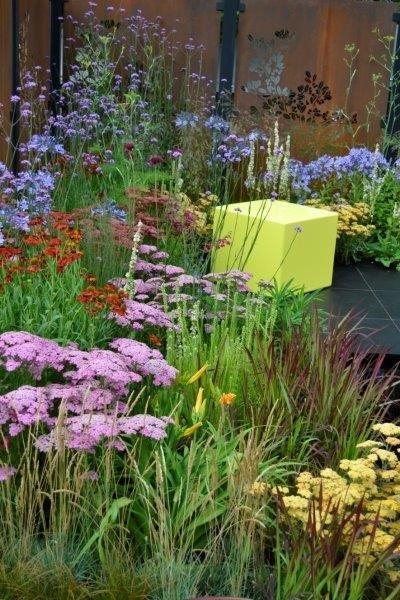
(c) Sue Bradley
Flower Power
Over in the flower patch the tête àtête daffodils are in bloom, with the tulips not far behind. This part of the allotment always looks pretty at this time of the year and over the coming months I hope to maintain the supply of nectar-rich flowers with a succession of perennials. This sunny spot is perfect for growing yarrow, also known as achillea, which produces flattened heads made up of numerous tiny flowers, and I’ve found a mullein, also known as verbascum, which will benefit insects over the summer. The lupins that I’ve been growing from seed are coming along slowly, not helped by being left out in the rain a couple of times, but I’m hoping that they’ll keep going so that I can re-create the lupin and red clover mix that I admired at the RHS Chelsea Flower Show last May.
Joining the sedum in early autumn will be aster and various other later perennials picked up from a plant sale. All that’s left to do now is to add some ornamental grasses, which can be left in situ over the winter months to provide food for birds and shelter for insects. Last month a visit to a snowdrop garden showed me just how attractive standing ornamental grasses can be within a winter garden.





